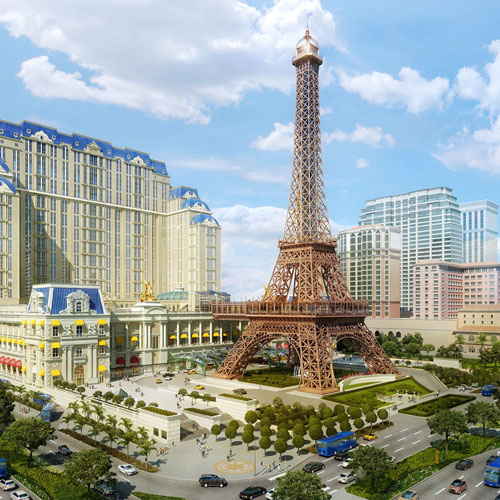Perhaps more than ever before, companies are looking for office spaces that reflect their corporate identities. No longer satisfied with cubicle malls and sterile workstations, they’re turning to real estate and design pros for solutions that will inspire workers, increase productivity, and enhance creativity. So, when Sapient Corporation—a software and digital-advertising firm with top clients and $1.3 billion in sales—decided it was time to revamp its office portfolio, it went all out, updating every one of its workplaces worldwide to match its evolving identity as a new breed of agency.


Stephen Bertolami is Sapient’s vice president of “workplace,” which includes procurement, facilities, and real estate. He spends a lot of his time figuring out how to use office space to support a unique company where creative and tech people work side by side, and his job really took off in 2009, when Sapient expanded its creative-agency capabilities to create what would eventually become the company’s largest business unit, SapientNitro. Soon after, in 2010, the management team asked Bertolami to lead the redevelopment of all workplaces and related office services.
“We’ve more than doubled in size since 2007,” he says. “Our workforce includes more creative people, and our unique culture fosters openness, collaboration, and innovation. We needed a different amount and type of space to support the evolving business.” The new Sapient needed highly flexible space to accommodate a team-based approach on numerous and simultaneous creative projects, so Bertolami set out to create multipurpose, reconfigurable workplaces.
Sapient has an energetic and high-speed atmosphere. People pace around central areas, tech devices in hand, chatting about ongoing projects and new ideas. Bertolami and his team decided to leverage this by incorporating casual seating, glass and open meeting spaces, and interactive whiteboards right in the lobby to expose the staff’s dynamic activity. These and other client-facing spaces were born when Sapient saw a big shift toward people coming into the office to collaborate. “Clients are immediately struck and become part of what makes us unique the moment they walk in the door,” Bertolami says.
From these adjustments, a new universal office format was born, and all Sapient workplaces now share common themes: they’re highly collaborative and connected, they lack private offices, and walls in general are hard to find. “A flexible variety of shared and public spaces allow for small meetings, private reflection, and larger town hall discussions,” Bertolami says. About 80 percent of the design is consistent at each location, and local teams fill the remainder with regional touches that fit specific needs. The strategy helps a highly mobile workforce feel at home anywhere in the world.

employees, who spend much of their day moving around and working on multiple projects. (Photo: Eric Laignel)
Since 2011, Sapient has either acquired and built anew or refurbished existing space in more than 80 percent of its portfolio. In the first half of 2014, Bertolami and others implemented the universal office format in new locations in Santa Monica, California; Sao Paolo, Brazil; Miami; Atlanta; and Detroit, and they took a slightly modified design to offices in Noida, Gurgaon, and Bangalore, India.
The results have been encouraging. Sapient’s employees consistently rate the new workplaces from “very good” to “excellent” in categories such as “reflecting Sapient’s brand,” “inspiring collaboration and innovation,” and “attracting and retaining talent.” With much of the initial work now complete, Bertolami is looking for opportunities to optimize the design to further accommodate quiet work and reflection, which he says is a constant challenge for any office based around an open environment.
Sapient has found a way to make the modern work space special by turning real estate into a competitive advantage that reflects a unique company culture. As Bertolami says, “I love it when people tell me that their clients not only want to work in our space but mimic it in their own design to encourage the kind of environment which has always been part of our unique culture.”





